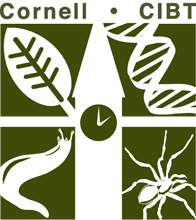Labs & Activities

Abuse-a-Cyst- University of Utah
2012 CIBT Alumni Workshop
Animals
Ecology
High School
Inquiry/Scientific Method
Middle School
Brine shrimp populations survive in some of the harshest environments. Subject brine shrimp cysts to extreme conditions then try to hatch them to see just how tough they are! Downloads Abuse a Cyst Lab (University of Utah)
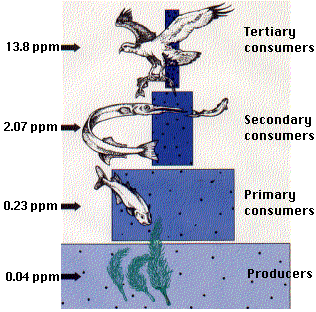
Biomagnification Lab- Todd Shuskey
2012 CIBT Alumni Workshop
Animals
Ecology
High School
This lab demonstrates how contaminants can accumulate in organisms within a food web by using paper cutouts and M&M®s candies to simulate fish, osprey, and DDT. Students can see how the contamination levels increase as the trophic level increases. Downloads Biomagnification Lab Pictures (in color) Biomagnification Lab Pictures (in black and… read more of the article entitled “Biomagnification Lab- Todd Shuskey”

Bottle Ecosystem- Tim Downs
2012 CIBT Alumni Workshop
Animals
Ecology
High School
Inquiry/Scientific Method
Middle School
Physical Sciences
Plants
The objective of this lab is to put together a suitable habitat (ecosystem) that will allow one or two guppies to survive to the end of the school year and beyond. Students will make observations of their ecosystems for the three weeks. The ecosystem in this experiment will be closed,… read more of the article entitled “Bottle Ecosystem- Tim Downs”

Bovine Uterus Dissection
Animals
High School
Human Health
Physiology
The instructor will dissect an early to mid-pregnant bovine reproductive tract. Data on crown rump length and fetal mass can then be collected for use with CIBT’s Fetal Development Lab. Some appreciation of the form and function of the various organs should be developed by students. This exercise will also… read more of the article entitled “Bovine Uterus Dissection”

Comparative Skulls
Animals
Ecology
Evolution
High School
Middle School
Physiology
What can a skull tell you? A lot! If you look at a skull for clues about its origin, not only can you identify what species it might be from, but you can learn many details about the original animal. In this lab, students will determine what clues to analyze in… read more of the article entitled “Comparative Skulls”
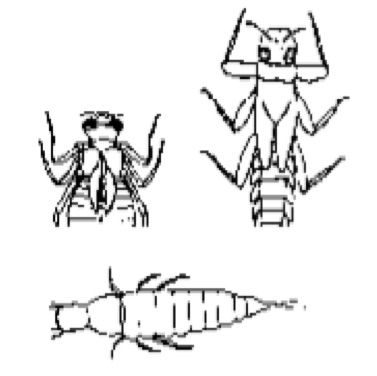
Comparing Aquatic Communities
Animals
Ecology
Evolution
High School
Inquiry/Scientific Method
Insects
Microbiology
Physical Sciences
Plants
Teams of students measure physical and chemical characteristics of different sites in streams and/or ponds and collect benthic invertebrate organisms. They interpret patterns in the structure of the biological community at each site in light of the abiotic (physical and chemical) and biotic nature of the environment. Downloads Comparing Aquatic… read more of the article entitled “Comparing Aquatic Communities”

Fetal Development
Animals
High School
Human Health
Physiology
Students will measure pictures of developing cow embryos, or use data from the pregnant bovine uterus dissection, to generate size data. Then they will interpret data from graphs to determine age and mass. Students will compare changes of mass during fetal development with changes in size. Finally, students will contrast developmental… read more of the article entitled “Fetal Development”

Medical Importance of Biodiversity- Mary Keymel
2012 CIBT Alumni Workshop
Animals
Ecology
High School
Human Health
Middle School
Plants
Students assume the role of an ethnobotanist for a start-up pharmaceutical company, who is about to journey to the rainforest, coral reef, or another natural source of medicine in the world. Their mission is to catalog 1 plant or animal species that may be useful to medical research. They will… read more of the article entitled “Medical Importance of Biodiversity- Mary Keymel”

Metric Measurement
Animals
Elementary School
Inquiry/Scientific Method
Middle School
Physiology
Recently Updated!
Downloads Metric Measurement (Student Edition)

Mollusk Dichotomous Key
Animals
Ecology
Elementary School
Inquiry/Scientific Method
Middle School
In this lab, students will be introduced to the concept of a dichotomous key through the use of preliminary activities modeled by the teacher. They will then learn about the ecology and biology of selected marine mollusks, before putting their dichotomous key reading skills to the test on 8 or… read more of the article entitled “Mollusk Dichotomous Key”

Oh Deer- Project WILD
2012 CIBT Alumni Workshop
Animals
Ecology
High School
Middle School
Students simulate a deer population and its “limiting factors” of water, food, and shelter, which are represented by strips of colored paper. “Deer” who are unable to find a match for their limiting factor do not survive the round, and instead becoming limiting factors. The data is collected and graphed,… read more of the article entitled “Oh Deer- Project WILD”

Predator-Prey Population Oscillation- Bridget Henshaw
2012 CIBT Alumni Workshop
Animals
Ecology
High School
Middle School
This activity introduces students to the oscillating relationship between predator and prey population sizes. Students manipulate small “creatures” (anything from gummy worms to animal crackers to plastic animals) with differing numbers of predators/prey and calculate population changes between rounds of predation. Data is graphed in Excel at the end. Downloads… read more of the article entitled “Predator-Prey Population Oscillation- Bridget Henshaw”

Primary Productivity Lab- modified by Sean McGlynn
2012 CIBT Alumni Workshop
Animals
Ecology
High School
Inquiry/Scientific Method
Physical Sciences
Plants
Students will use LaMotte Test Kits to determine the concentration of dissolved oxygen (DO) in various water samples. The process involves adding some chemicals to the water to “fix” the free oxygen (O2). Once the O2 is fixed, they will add an acid powder, some starch, and titrate to determine… read more of the article entitled “Primary Productivity Lab- modified by Sean McGlynn”
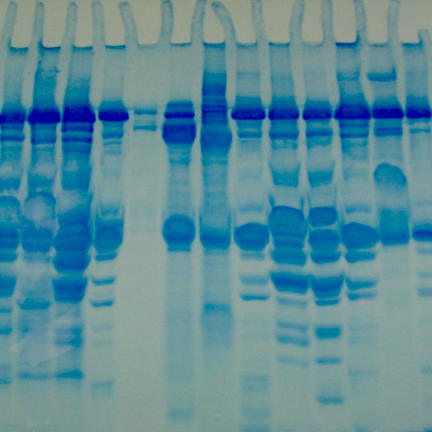
Protein Gel Electrophoresis
Animals
Evolution
Genetics
High School
Inquiry/Scientific Method
Molecular Biology
Students will separate a mixture of proteins from skeletal muscle using SDS polyacrylamide gel electrophoresis (PAGE). PAGE is a powerful analytical technique having numerous applications in modern biology. Evidence for evolutionary relatedness amongst organisms can be determined using this technique. Suggested organisms to compare include various fishes, mammals, poultry and/or… read more of the article entitled “Protein Gel Electrophoresis”
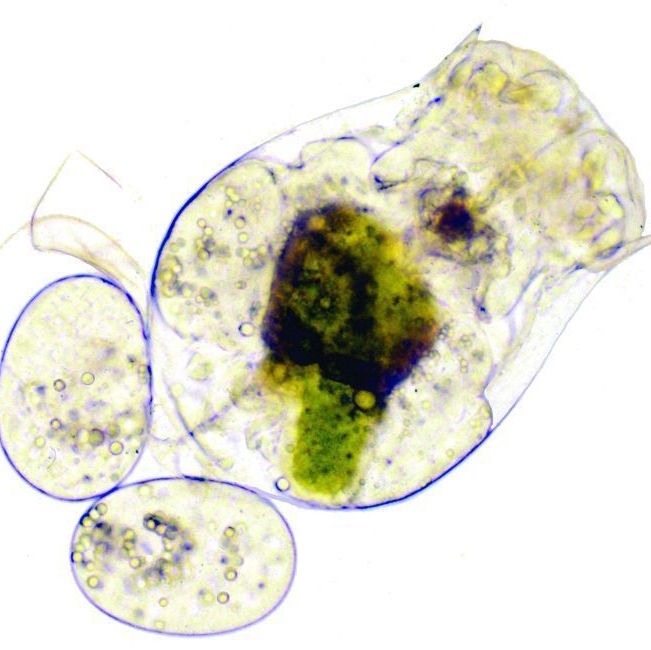
Rotifers Lab- Beth Chagrasulis
2012 CIBT Alumni Workshop
Animals
Elementary School
High School
Inquiry/Scientific Method
Microbiology
Middle School
These instructions detail how to collect bdelloid rotifers from moss, extract them, and view them under a microscope along with protozoa, nematodes, and tardigrades that also live in moss. Download Rotifer Article (Beth Chagrasulis) Rotifer & Tardigrade Collecting (Beth Chagrasulis)

